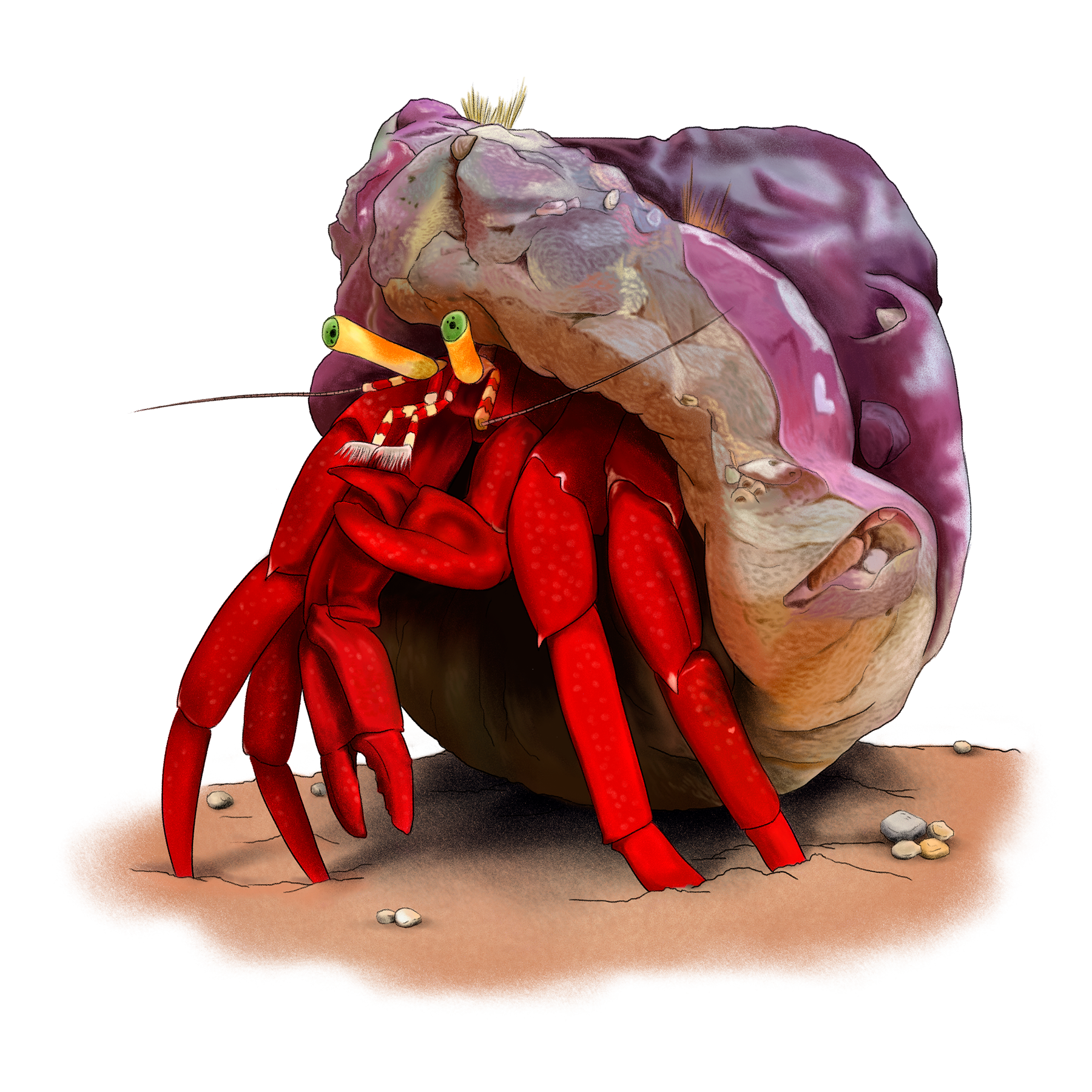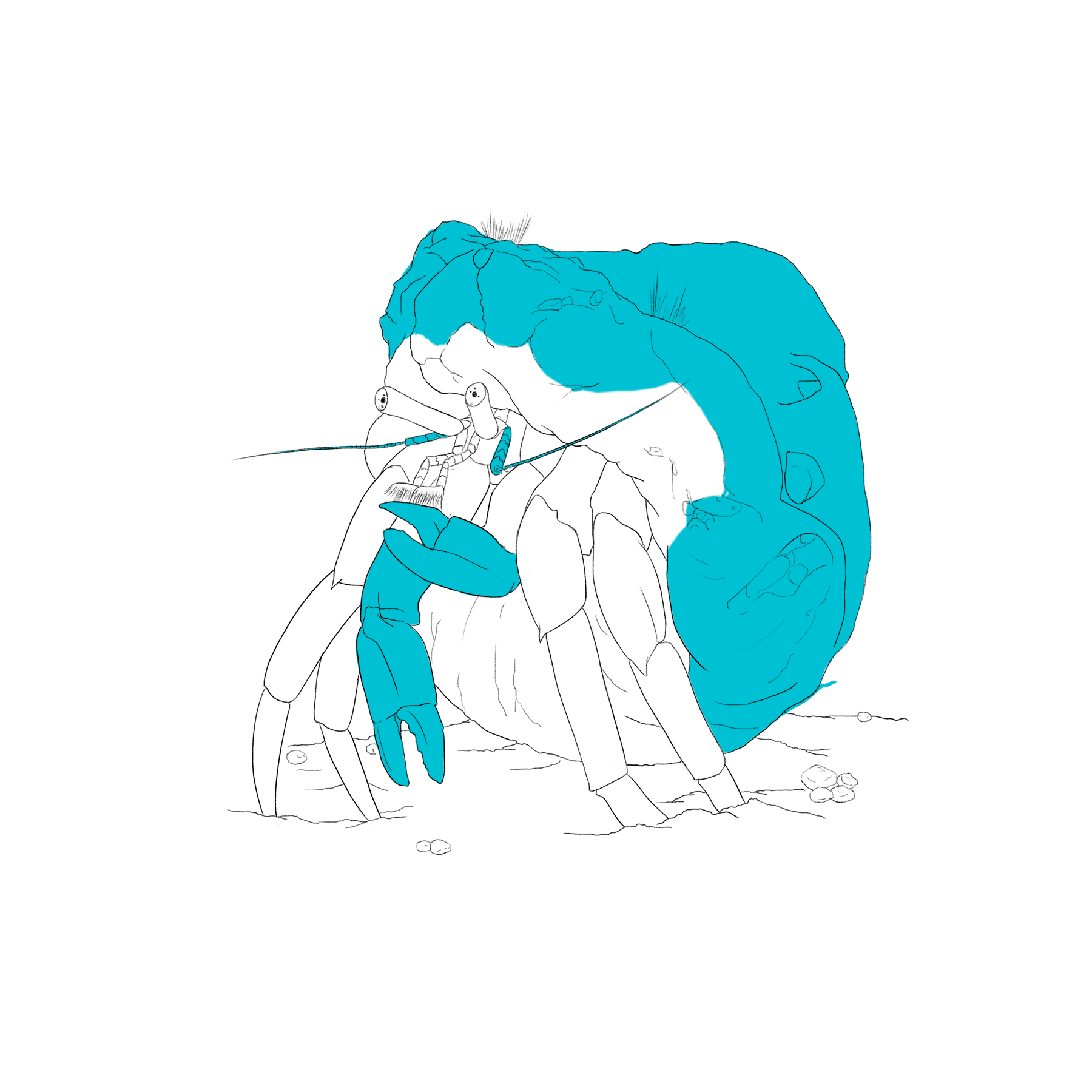
✎ Luis Mora

✎ Diego Aguilera


Scarlet Hermit Crab
Paguristes cadenatiCaribbean region
RECORRIDO VIRTUAL POR LA BIODIVERSIDAD DE COLOMBIA
Museo de Historia Natural
Universidad Nacional de Colombia

Scarlet Hermit Crab
Paguristes cadenati
Morpho-functionality
Forceps
The forceps are used to bring food to the mouth and to fight between males.
Antennae
Their antennae function as sensory organs for taste and touch.
Shell
The hermit crab protects its delicate abdomen by using the empty shell of the dead snails.
Lifecycle
Courtship involves a series of repetitive, rotating movements forward, backward, and sideways. After this display, the female will begin to come out of her shell and the male will help her out by pulling her with his chelipids. The female will move her clamps and antenules in front of the male's eye and mouth. They will then both come out of their shell and begin copulation leaving their abdomen considerably exposed, spreading their legs and crossing them for several seconds. After the sexual act, the male is separated by the female. The larvae at birth will be free-living in the water, they will feed on phytoplankton until they reach juvenile age and must search for their own shell.
Scarlet Hermit Crab
Distribution
It is a relatively abundant species on the rocky-coral bottoms of the coasts and reefs of the Caribbean Sea and the American Atlantic. It is found between six and fifteen meters deep, mainly sheltered in crevices and narrow cavities that provide additional protection to its tiny size. This crab, like other coral species, has been highly commercialized, but little studied.
Distribution area






